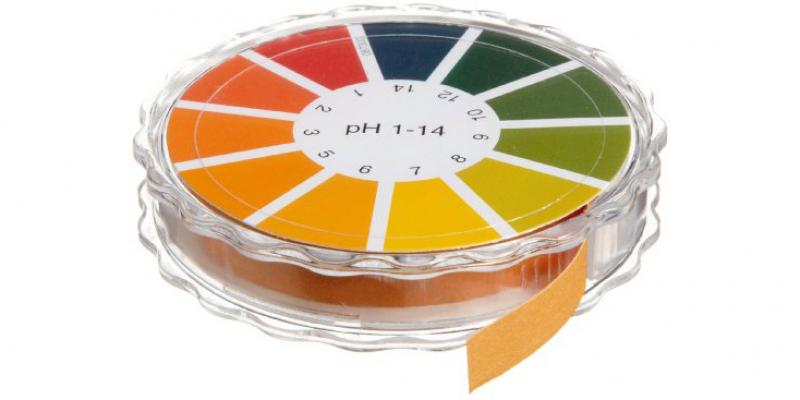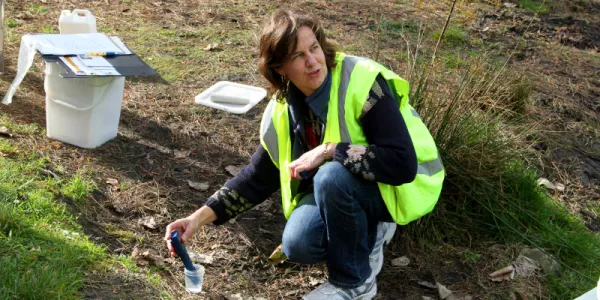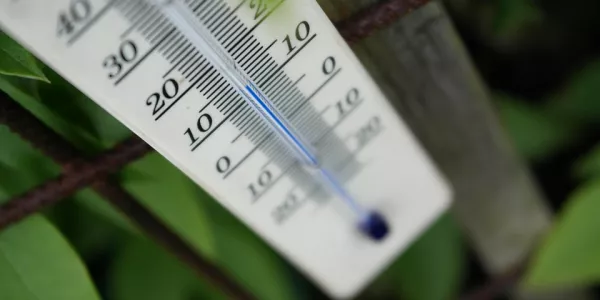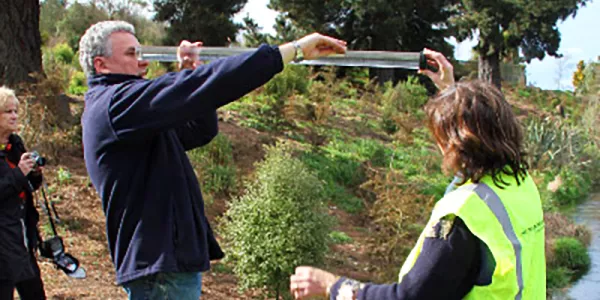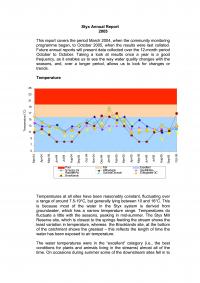pH
The pH scale measures the extent of acidity or alkalinity of a sample. The scale runs from 0 to 14, with each ascending number representing a tenfold increase. A pH of 1 indicates a high level of acidity while 14 indicates high alkaline levels. Neutral is given a rating of 7.
Measurement of pH acts as a pointer to the natural condition of a stream, or as a warning sign as to whether or not the water is being polluted.
Guideline values when measuring the pH factor in a waterway are:
- Excellent 6.5 to 7.5
- Fair 5 to 6.5 and 7.5 to 9
- Poor <5 or >9
Streams with extensive plant growth may experience large fluctuations in pH levels over a 24 hour period. This happens because during sunlight hours plants photosynthesise and take up carbon dioxide out of the water. This increases water pH. During the night time this process ceases causing pH levels to fall.
A very high or low pH means that the water can be toxic to aquatic life. The pH range that is suitable for aquatic plants and animals is between 6.5 and 9.
Sudden changes in pH values may serve as a warning signal that water quality has been affected by the introduction of contaminants or biological events.
pH is measured using a pH probe, or litmus paper strips that usually come as part of a SHMAK kit. A small container for water is also required.
Obtain a pH reading using Litmus Paper
- Fill the small container half to three quarters full of stream water.
- Place a litmus strip in the water and leave the container in a shady position for at least 10 minutes.
- At the end of this period compare the colour of the litmus strip with the colour guide on the container. Select the nearest colour match and record the reading on the data sheet. The resulting figure is the pH measurement.
Obtain a pH reading using a pH probe
- Remember to calibrate probe before each sampling run.
- Rinse out a small container with stream water, then half fill with stream water from undisturbed part of site.
- Turn on instrument and immerse in water so that probe is covered.
- Allow to stabilise, which may take up to 5 minutes.
- Turn off instrument.
Calibrate pH meter
A 2-point calibration is needed to calibrate the meter. This is done with two buffer solutions.


